Greek Coffee Culture: How Frappe Became a Summer Icon and Elinikós Represents Tradition
Discover the coffee culture in Greece, from the legendary frappé to traditional ellinikós, and how and when certain types became part of everyday life in Greece.
Coffee as a way of life in Greece
With an average of 5.5 kilograms of coffee per capita annually, Greece ranks among the top fifteen countries in the world in coffee consumption. However, in Greece, coffee is not just a drink – it is a way of life.
Coffee is consumed slowly, in company, with conversation and relaxation. Drinking coffee represents a daily ritual that is rarely skipped, regardless of the time of day. Cafes are always full – both in the morning and late in the evening. In this culture, coffee is not just a need for caffeine, but an opportunity to pause, look at the world around, and share a moment with others.
Coffee break in Greece as a social ritual
In Greece, a coffee break is not limited by time – it can last for hours. A meeting “for coffee” is often an opportunity for relaxed conversation, catching up on news, or simply enjoying the moment. The phrase “let’s have coffee,” as here, is an invitation to socialize, not just a need for caffeine.
Modern coffee shops, especially among the younger generation, have become gathering places with different styles of coffee preparation – from classic espresso to iced versions sipped through a straw. On the other hand, traditional kafenia still preserve the spirit of older times and gather mainly an older population, with Greek coffee, social games (tavli), and daily newspapers.
Whether sitting for hours in a cafe, riding a motorbike, or walking down the street, Greeks rarely let go of their coffee – a cup with a lid and a straw has become part of everyday life, a symbol of a relaxed but rhythmic way of life.
Three most famous types of coffee in Greece
- Ellinikós kafés (Greek coffee)
- Frappé
- Freddo espresso and freddo cappuccino
Our member, who comes from the coffee and hospitality industry, has sent us comments and opinions that we want to share with you:
“Regarding Greeks and coffee, I think that Greeks are at least two classes above Italians who only consume espresso and cappuccino. Greeks have a much wider range and offer in terms of coffee drinks…
As a result, various meetings and competitions are regularly held somewhere, monthly, mostly organized by espresso and instant coffee manufacturers or milk producers. Due to intense competition, various seminars, competitions are their biggest marketing which in this case is cheaper than TV commercials.
I no longer compete, that was enough. Now I am slowly passing everything on to my daughter who has been competing out of the competition for 3 years.” (boycoffee)
You can see a photo of his daughter and her coffee from the competition in Thessaloniki in the photos above.
1. Ellinikós kafés – traditional Greek coffee
Greek coffee is an indispensable part of everyday life, especially among the older population and in small towns. It is made in a small pot called briki, where coffee is immediately added to water and boiled over low heat. It is served in small cups with thick foam on top and sediment at the bottom. The coffee is not stirred after serving.
It is consumed slowly, with conversation or silent observation of the world. Traditionally, it is served with a glass of cold water, often with loukoumi or a cookie.
How to order it:
Sketos (σκέτος) – unsweetened
Metrios (μέτριος) – medium sweet
Glikos (γλυκύς) – sweet
History of Greek coffee
Although known today as “Greek coffee,” this drink shares its roots with Turkish and Arabic coffee. The term “Greek coffee” has been used in Greece since the early 1970s, especially after political tensions with Turkey. However, the method of preparation and the coffee itself date back to a much older period.
According to one version, coffee arrived in the Ottoman Empire from Yemen in the 16th century, where it quickly spread. During Ottoman rule in the Balkans, coffee became part of everyday life in Greece, eventually becoming deeply rooted in the local culture.
Interestingly, coffee is named after the place where it is consumed, not where it is produced. Thus, the same coffee can be known as Greek, Turkish, or Arabic, depending on the country in which it is served.
Greek coffee uses finely ground Arabica beans, far finer than traditional espresso coffee. It is precisely this fine powder and specific brewing method that give it its characteristic taste and texture.
Greek frappé and what makes it special?
One of the most famous Greek drinks, frappé, originated quite by accident, but since then has become a symbol of relaxed summer days in Greece.
The story of the creation of this drink dates back to 1957 when, during the International Fair in Thessaloniki, a representative of the Nestlé company, Dimitris Vakondios, faced a problem - he did not have hot water to prepare coffee. Instead, he shook instant coffee, water, and sugar in a shaker. Thus, a cold drink with foam was created, which soon won the hearts of Greeks and became a favorite summer choice.
Greek frappé is a refreshing drink made from instant coffee, sugar, ice cubes, and water, with a characteristic thick layer of foam on top. Sometimes milk is added, and the result is a tasty and refreshing drink, perfect for hot summer days.
Preparing a frappé is simple: all you need is a shaker or mixer, instant coffee, sugar, water, and ice.
This coffee is served in a tall glass with a straw, and frappé can be enjoyed in three different levels of sweetness – glikos (sweet), metrios (medium), and sketos (unsweetened).
Frappé has become a national drink and a symbol of post-war Greek coffee culture. Since its commercial launch in 1979, frappé has become an integral part of everyday life in Greece, and its popularity has spread to Cyprus as well. Although other drinks such as freddo espresso and freddo cappuccino have appeared in recent decades, frappé remains the favorite drink among Greeks, who must have it during the summer months.
Unlike the French “frappé” drink, which is made from milk or fruit juice, Greek frappé has its own specific character, with coffee as the main ingredient. This drink is not just about enjoying coffee – it is a symbol of relaxation and socializing, often associated with long conversations and enjoying the peaceful environment of a cafe or by the coast.
How to make Greek frappé:
To make Greek frappé, you need a few simple ingredients and a little skill with a shaker or mixer. Here is the recipe:
Ingredients:
2 teaspoons instant coffee (it is best to use Nescafe)
1 to 4 teaspoons sugar (to taste)
A little water (about 20 ml)
Ice cubes
Optional: milk (usually evaporated milk, but any other milk of your choice)
Preparation:
Place instant coffee, sugar, and a little water (about 20 ml) in a shaker or mixer.
Shake or mix until you get a rich frothy structure.
Put ice cubes in a tall glass.
Pour the frothy drink over the ice in the glass.
If desired, add milk and stir well.
Serve with a straw and enjoy the perfect summer drink!
Greek frappé is best enjoyed while still cold and fresh, making it ideal for hot summer days.
When in Greece and deciding to order a frappé, it is important to know a few basic things about this drink to avoid misunderstandings and enjoy the true experience.
Basic sweetness options:
Glikos (sweet): This frappé is the sweetest, with 4 teaspoons of sugar. Be sure to order it if you like a sweet drink.
Metrios (medium): This frappé has 2 teaspoons of sugar and is considered balanced, perfect for most people.
Sketos (unsweetened): For coffee lovers who do not want extra sweetness. It has no sugar but is still rich and tasty.
How to order a frappé in Greece (for tourists):
Here is an example of how to order it correctly:
With milk:
Sweet: φραπέ γλυκό με γάλα (frapé glikó me gála)
Medium sweet: φραπέ μέτριο με γάλα (frapé métrio me gála)
Without sugar: φραπέ σκέτο με γάλα (frapé skéto me gála)
Without milk:
Sweet: φραπέ γλυκό χωρίς γάλα (frapé glikó horís gála)
Medium sweet: φραπέ μέτριο χωρίς γάλα (frapé métrio horís gála)
Without sugar: φραπέ σκέτο χωρίς γάλα (frapé skéto horís gála)
These phrases will help you get your coffee to your taste – cold, refreshing, and prepared as the Greeks do.
Frappé in Greece usually comes in a standard size, but in some cafes, you can ask for a larger or smaller frappé, depending on the place.
When ordering a frappé, make sure to emphasize all these preferences, as different cafes may have different styles of preparation. You can always ask the staff for a recommendation if you are not sure what exactly you want!
Freddo Espresso and Freddo Cappuccino
In recent decades, Greece has created two new types of coffee that have become extremely popular, especially among younger generations. These coffees are cold versions of traditional espresso and cappuccino, which Greeks have enhanced and adapted, creating unique drinks.
Freddo espresso and freddo cappuccino quickly gained wide popularity and became a real hit in Greek coffee culture, and today are among the most commonly ordered drinks.
Freddo Espresso
Freddo espresso is a cold version of the classic espresso, but with an innovation that involves mixing a double espresso with ice cubes. This drink is perfect for lovers of strong coffee who want to enjoy a fresh and cold drink. To make freddo espresso, you first need to prepare a double espresso, which you then pour into a shaker with ice cubes and, if desired, sugar. After mixing well, pour the drink into a glass with more ice cubes. Freddo espresso is tasty, full of caffeine, and very refreshing – ideal for hot summer days in Greece.
Freddo Cappuccino
Freddo cappuccino is an iced version of the classic cappuccino, but with a unique Greek twist. This drink is made from a double espresso, to which cold milk foam (known as afrogala in Greek) is added, giving the drink richness and creaminess.
Freddo cappuccino has become the most popular drink in Greece in the last decade, especially among those who prefer cold and strong coffee. In many cafes, this drink is prepared with a perfect layer of foam on top, making it even more enjoyable.
History of Freddo Coffee
The creation of freddo espresso and freddo cappuccino began in the mid-2000s when specialized coffee shops started opening in Athens, and coffee preparation became more sophisticated. Inspired by the global trend of espresso-based drinks, Greeks adopted this Italian tradition and adapted it to their taste, creating freddo drinks that have become part of daily coffee culture. Freddo coffee is now an integral part of Greek life, and its popularity is growing beyond the borders of Greece, where it becomes a symbol of modern coffee drinking culture.
These two types of coffee, freddo espresso and freddo cappuccino, quickly became indispensable in cafes throughout Greece and even became a symbol of summer days, where people enjoy coffee outdoors, in the shade, with good conversation and relaxation.
Other types of coffee consumed in Greece
1. Espresso and Cappuccino (hot)
Although originating from Italy, espresso and cappuccino have become a standard offering in Greek cafes. Espresso is often ordered as “μονός” (one) or “διπλός” (double), while cappuccino comes with a rich milk foam.
2. Latte
Latte, espresso with more milk, is less common but offered in many modern cafes, especially in urban areas, although it is not a traditionally Greek drink.
3. Instant coffee (Nes)
The hot version of instant coffee, known as “nes,” is popular among the older population. It is prepared simply by adding hot water to instant coffee, with sugar and milk as desired.
4. Filter coffee
Filter coffee is less common in cafes but is often available in hotels and households. It is prepared using a filter machine, providing a milder taste compared to espresso.
5. Cold Brew
Cold brew, cold-extracted coffee, is becoming increasingly popular in modern cafes. It is prepared by steeping coarse ground coffee in cold water over a longer period, resulting in a refreshing drink with lower acidity.
6. Kafé me gála (καφέ με γάλα)
This “coffee with milk” is a simple combination of Greek coffee with milk, or espresso coffee with milk, often consumed at home or in traditional cafes. It is popular among those who prefer a milder taste.
7. Diplós (διπλός)
“Diplós” indicates a double dose of espresso, providing a stronger and more intense flavor, popular among lovers of stronger coffee.
8. Macchiato
Espresso with a small amount of milk foam. It is present in most cafes that offer Italian coffee styles.
9. Mocha
A combination of espresso, chocolate, and milk. Popular among younger people and available in modern cafes.
10. Flat White
Made from espresso and milk foam, similar to cappuccino but with a thinner foam. It is becoming increasingly popular in urban areas.
How to order coffee in Greece?
When ordering coffee in Greece, the waiter will almost always ask you how much sugar you want. This is important because sugar in many types of coffee - such as Greek coffee and frappé - is added during preparation.
Basic options are:
Glikó (γλυκό) – sweet
Métrio (μέτριο) – medium sweet
Skéto (σκέτο) – without sugar
If you want milk, the phrase “me gála” (με γάλα) is added – meaning “with milk.” If you do not want milk, you can say “horís gála” (χωρίς γάλα) – “without milk.”
Also, if you are a fan of stronger coffee, you can order “dipló” (διπλό) – double espresso or double Greek coffee.
In Greece, coffee is not consumed quickly. Whether you are in the shade of an island cafe, a village kafeneio, or a bustling street in Athens, coffee is an opportunity to stop time, look around, and feel the rhythm of Greek life.
Get to know Greece through its coffee – because every sip carries a story.
We are always here to help you explore Greece! Follow us for the latest information, useful tips and authentic experiences to spend an unforgettable vacation in Greece!
We offer over 3,000 accommodations. Choose the right one for you and your family HERE.
Follow us on social networks where we regularly share exclusive offers, discounts and special arrangements for vacations in Greece as well as information, advice and useful news.
Facebook:Nikana.gr
Instagram: @nikana.gr
Tiktok: nikana.gr
Facebook grupa: Live from Greece
YouTube kanal @NikanaTravel
Write to us at e-mail: nikana@nikana.gr
Our site nikana.gr is the leading source of information about Greece.

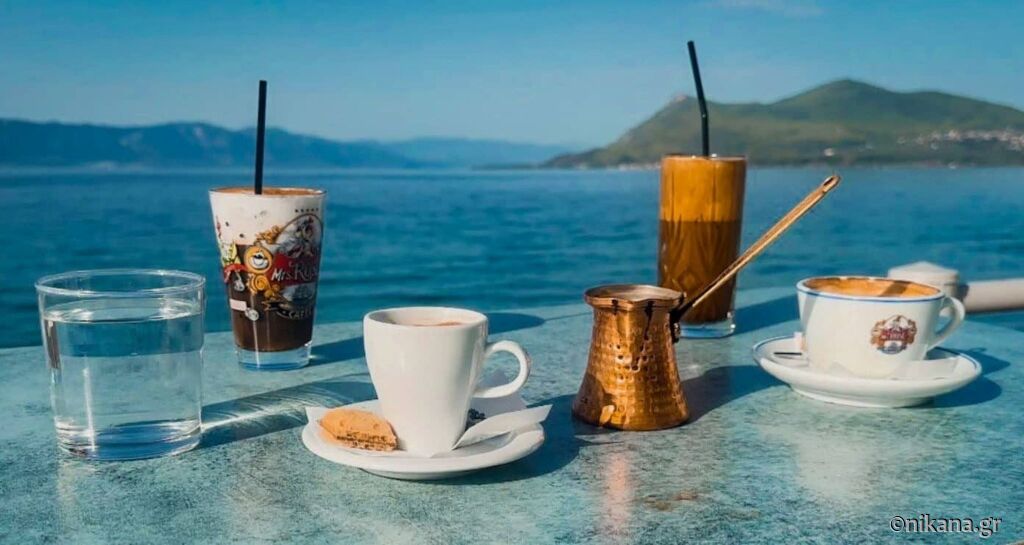
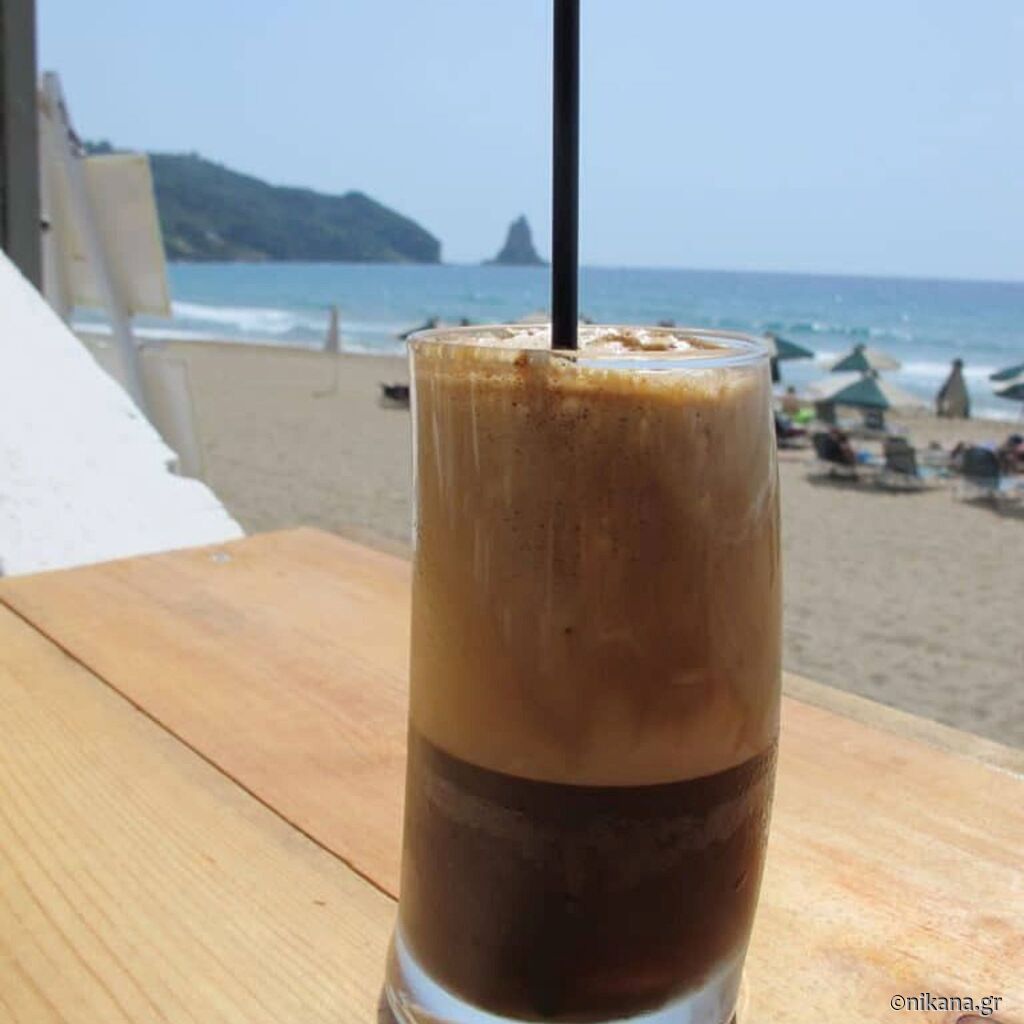

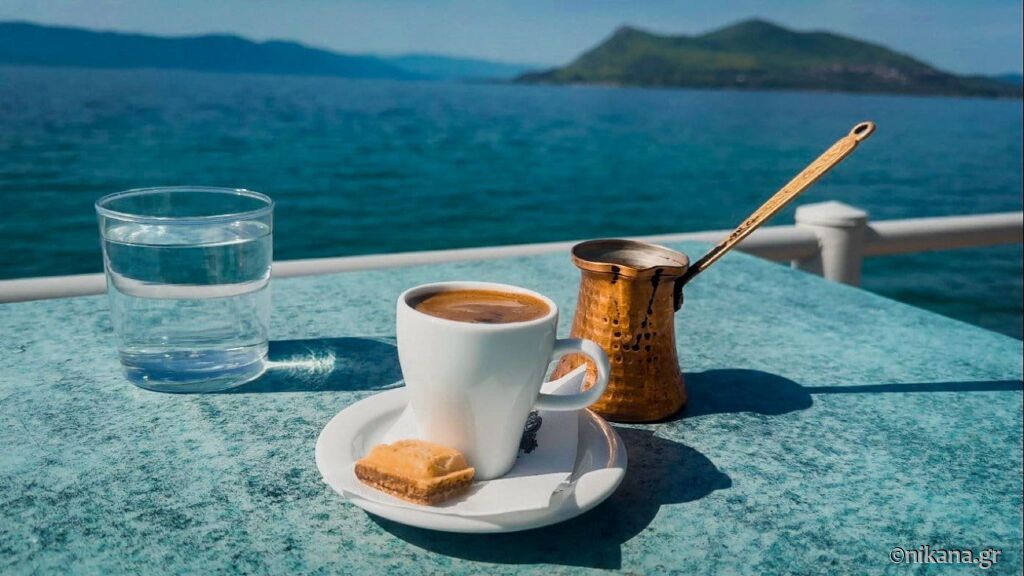
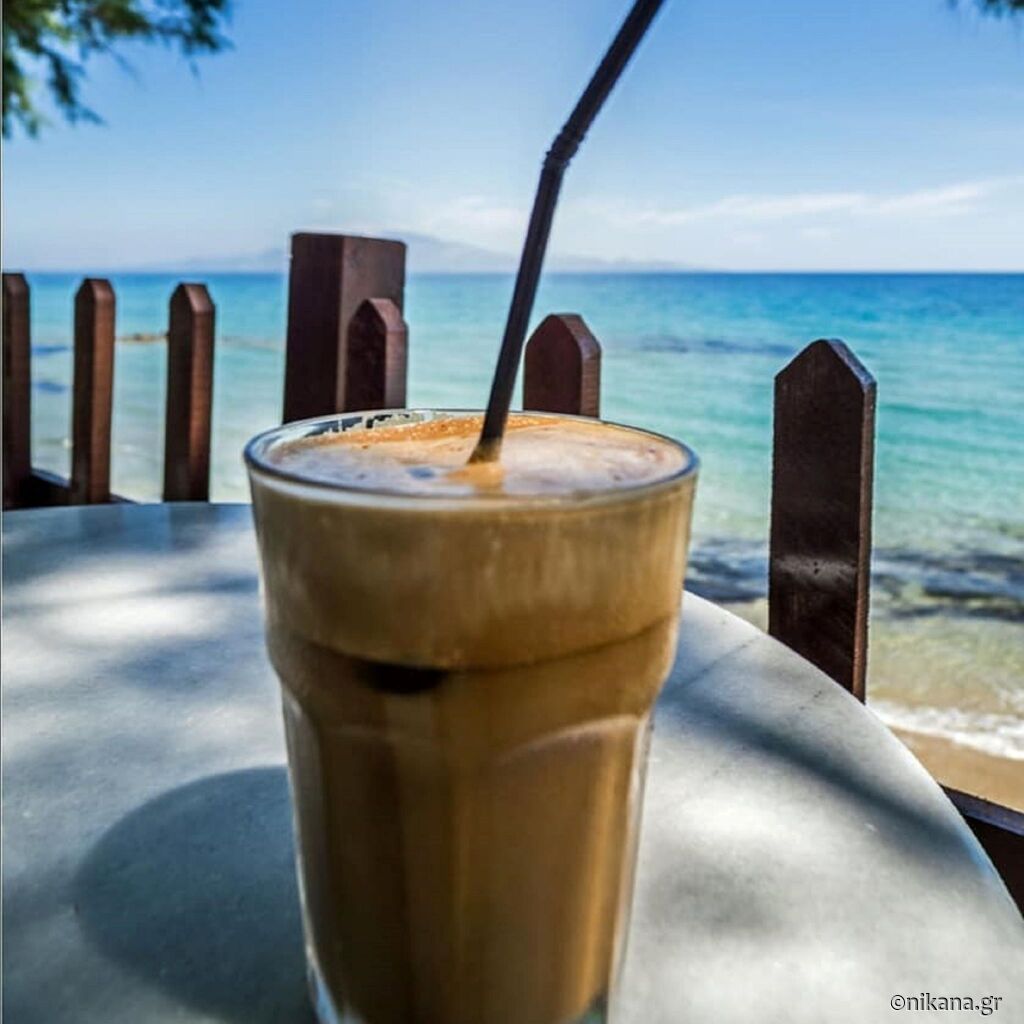
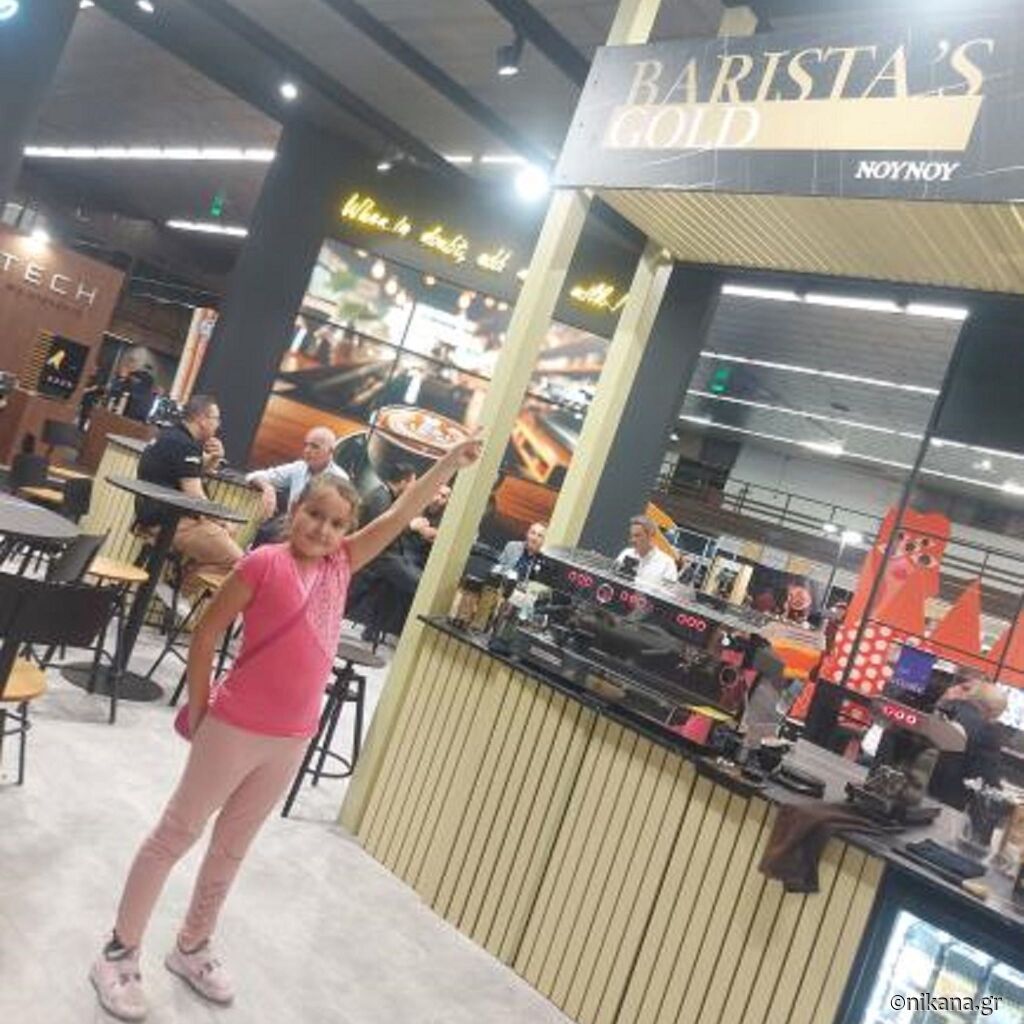










Post a Comment
NOTE
All your questions in the comments will receive an answer via email so check your inbox shortly after you posted comment. For more detailed questions and responses, contact us via mail nikana@nikana.gr.